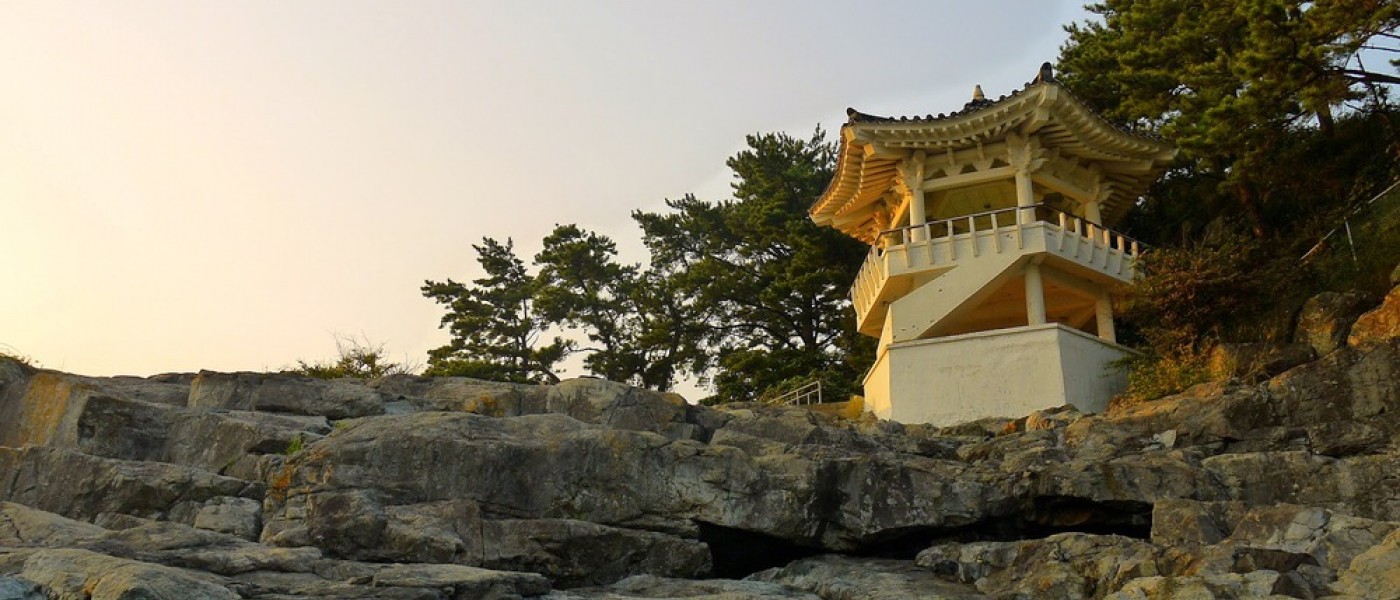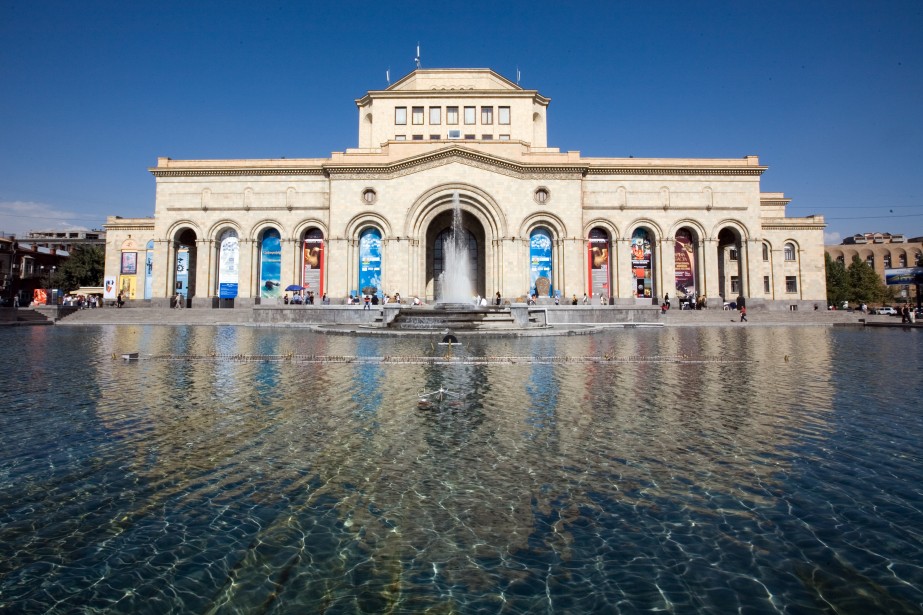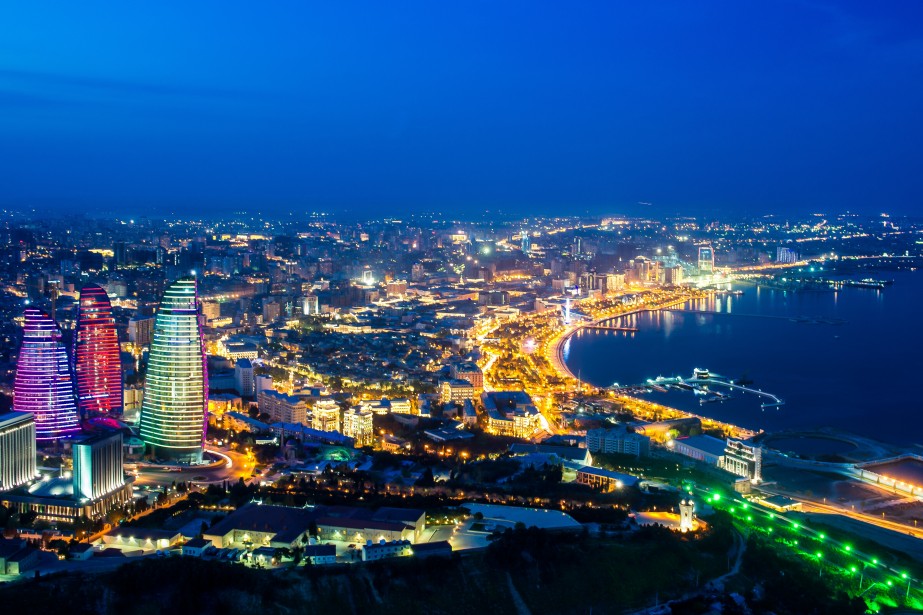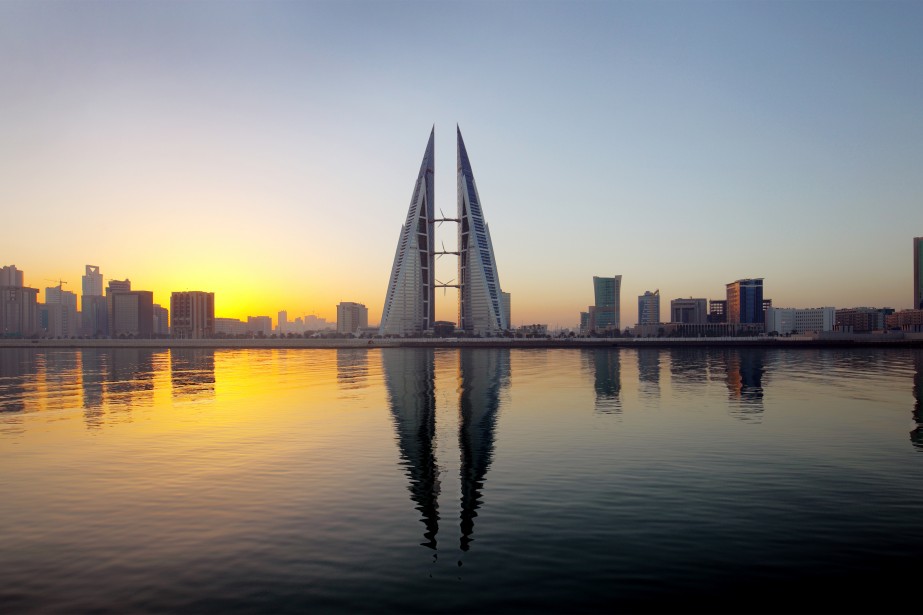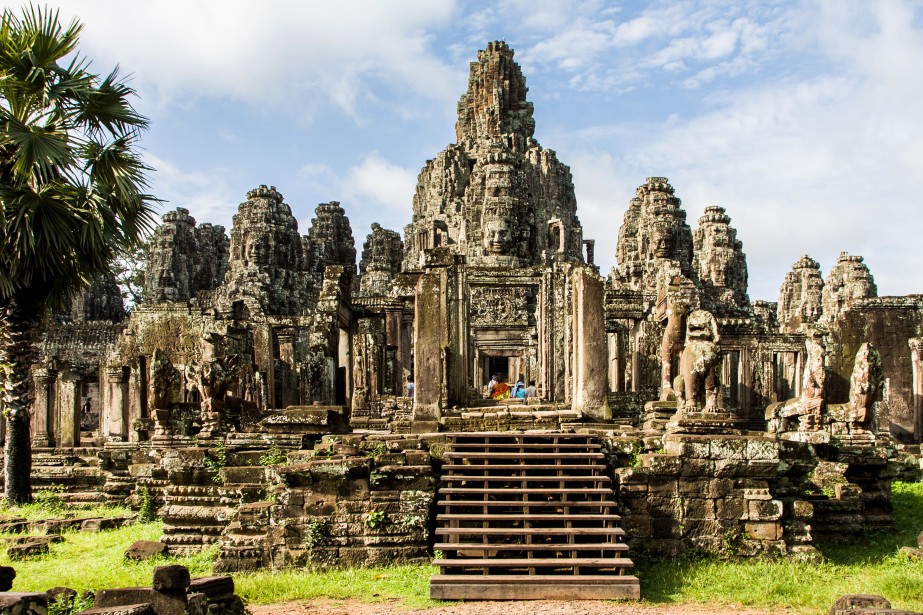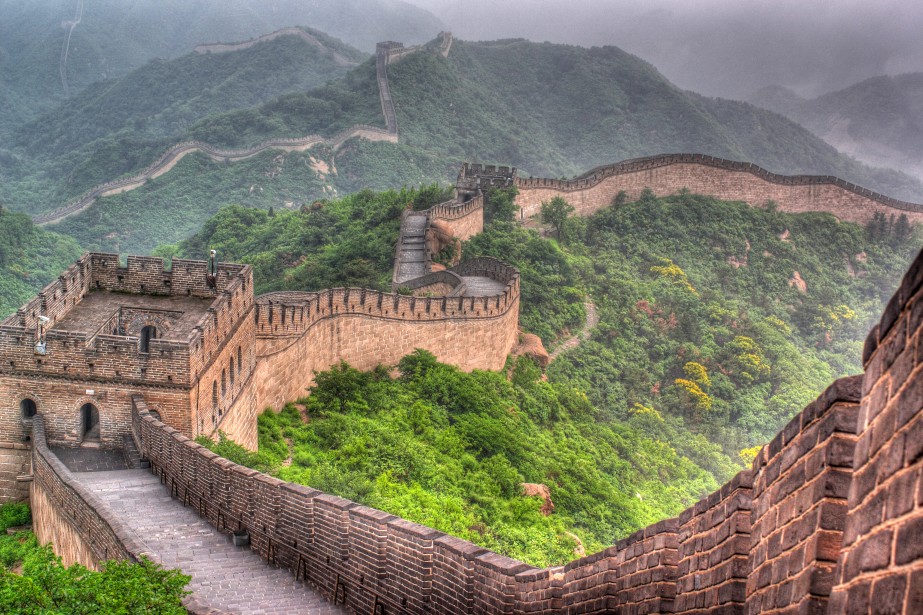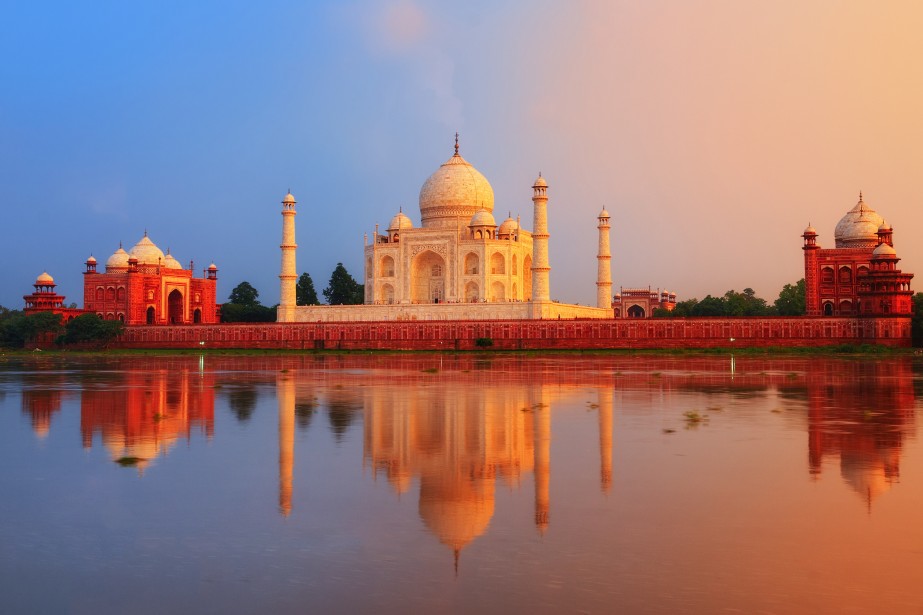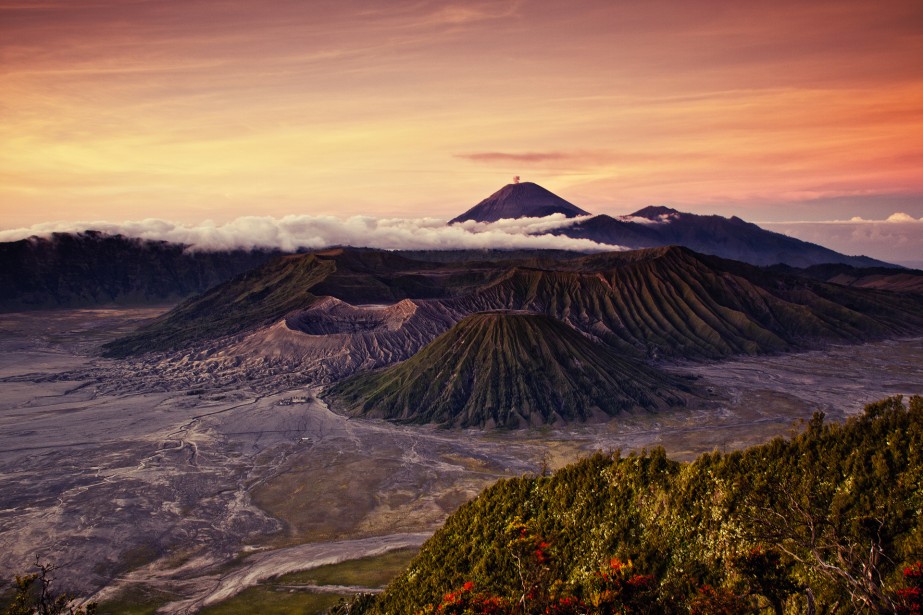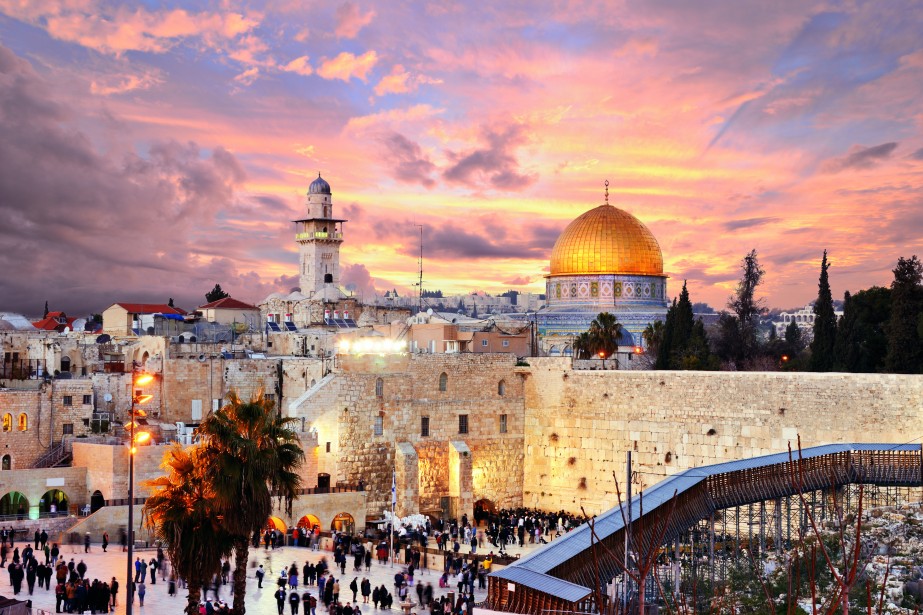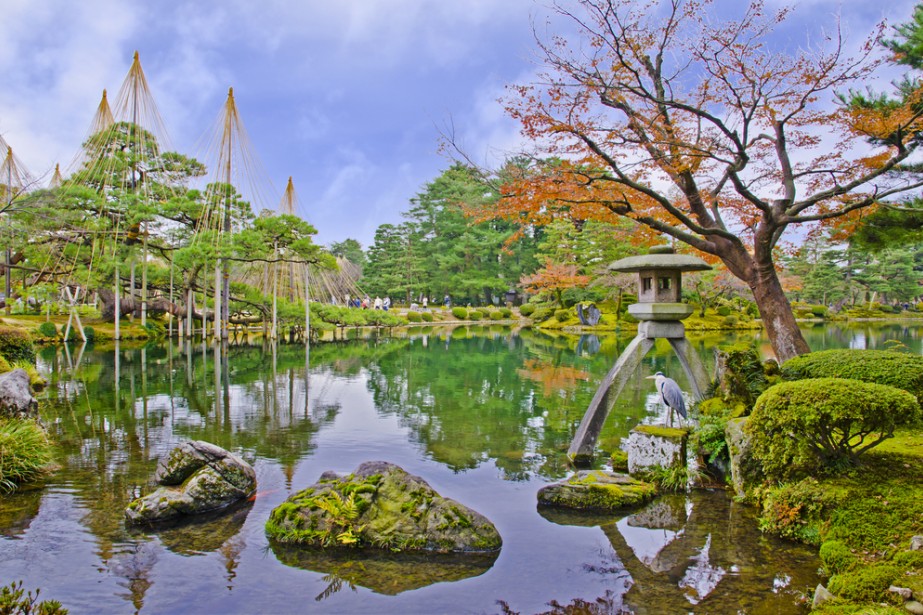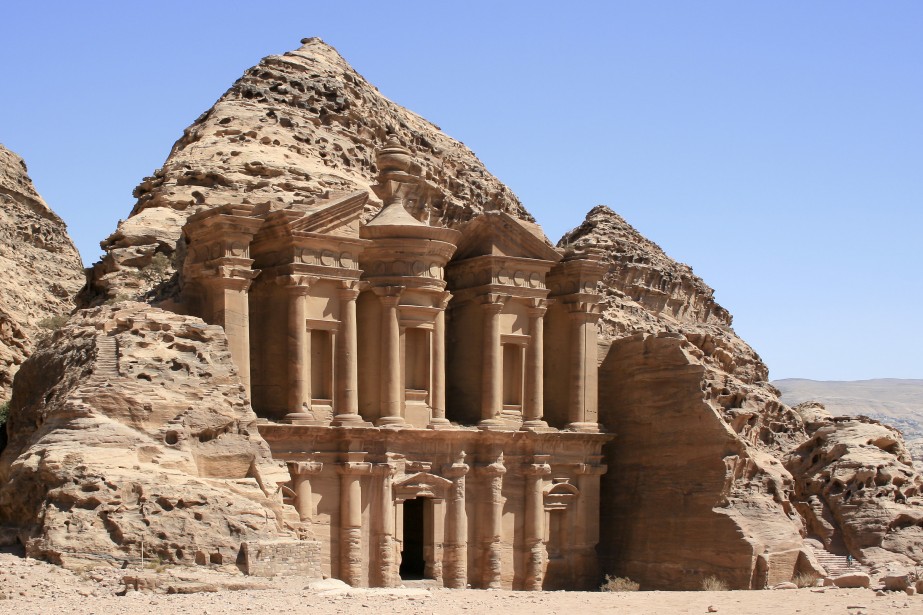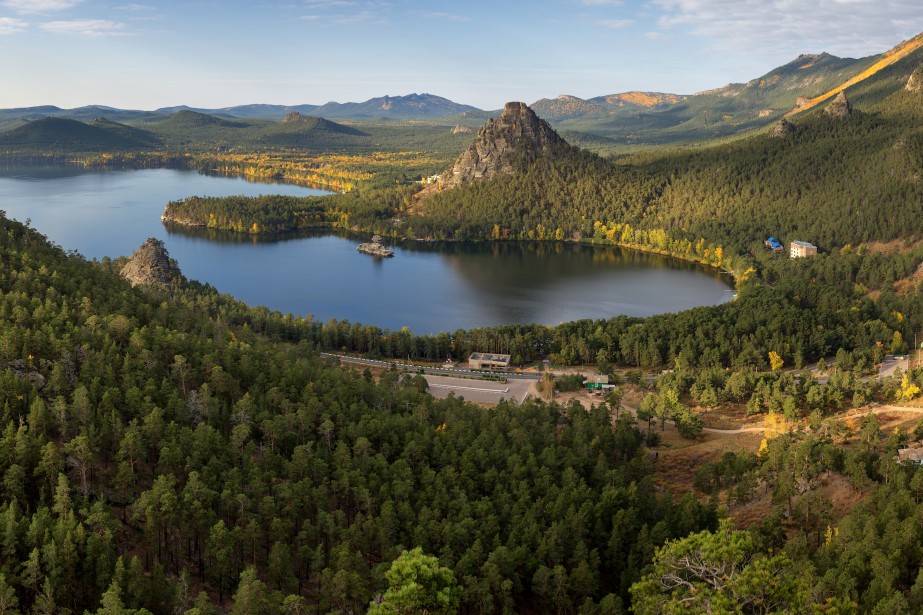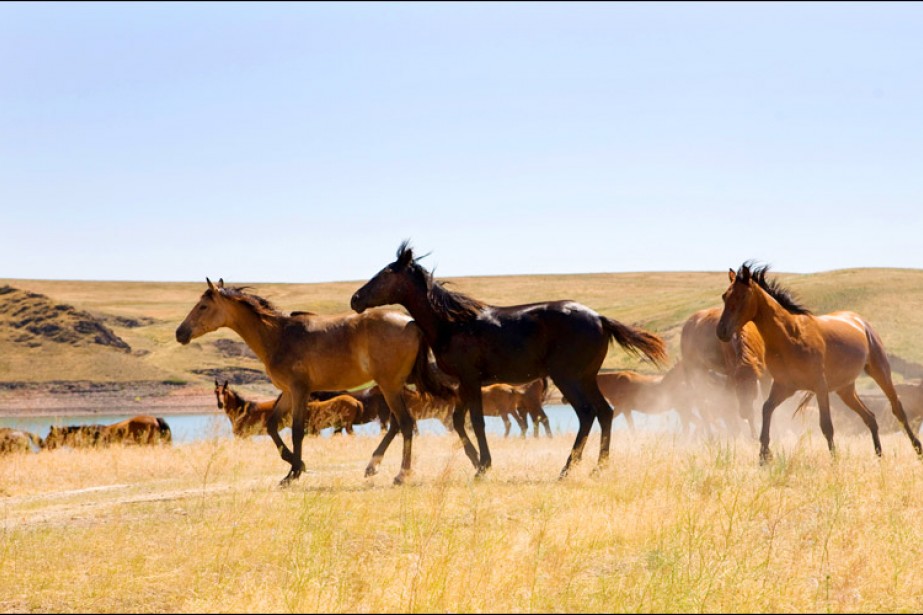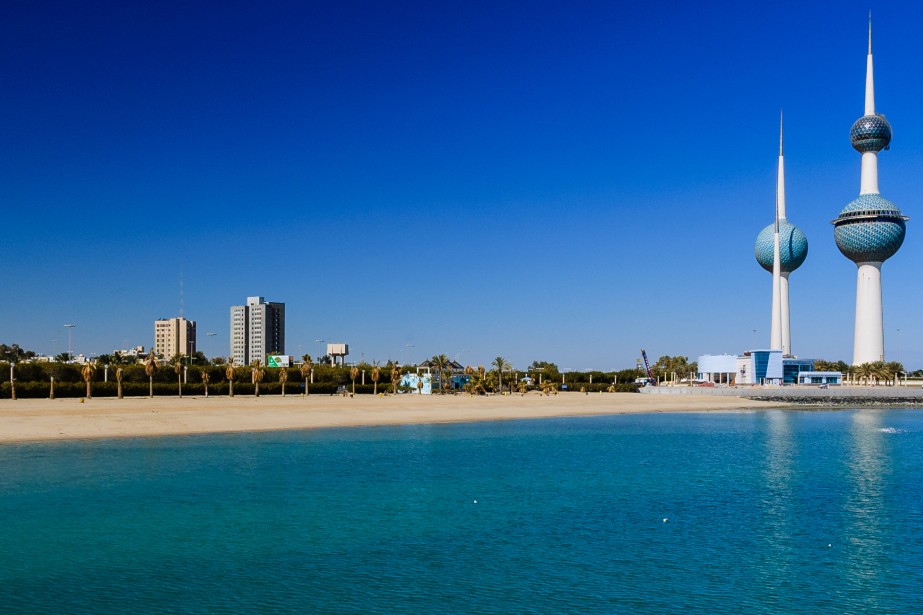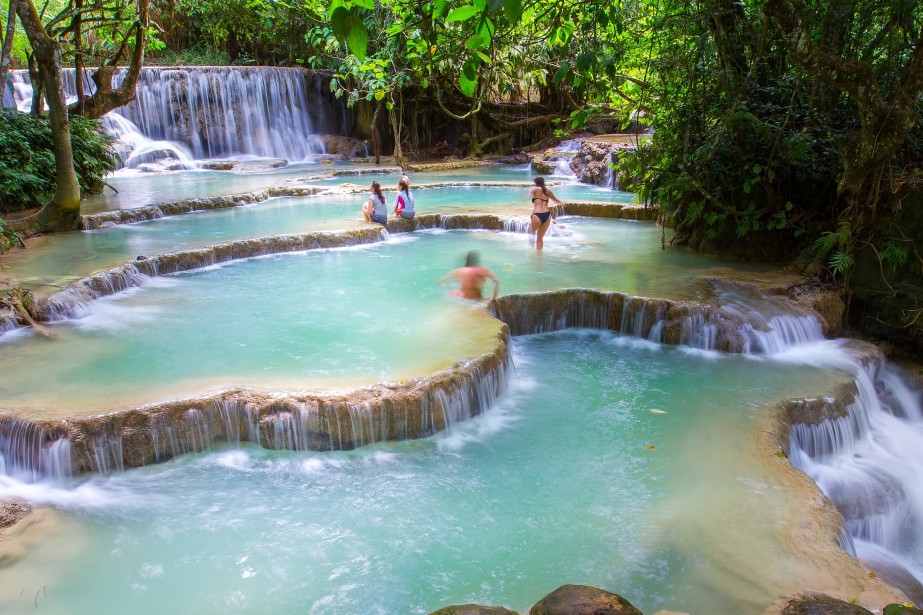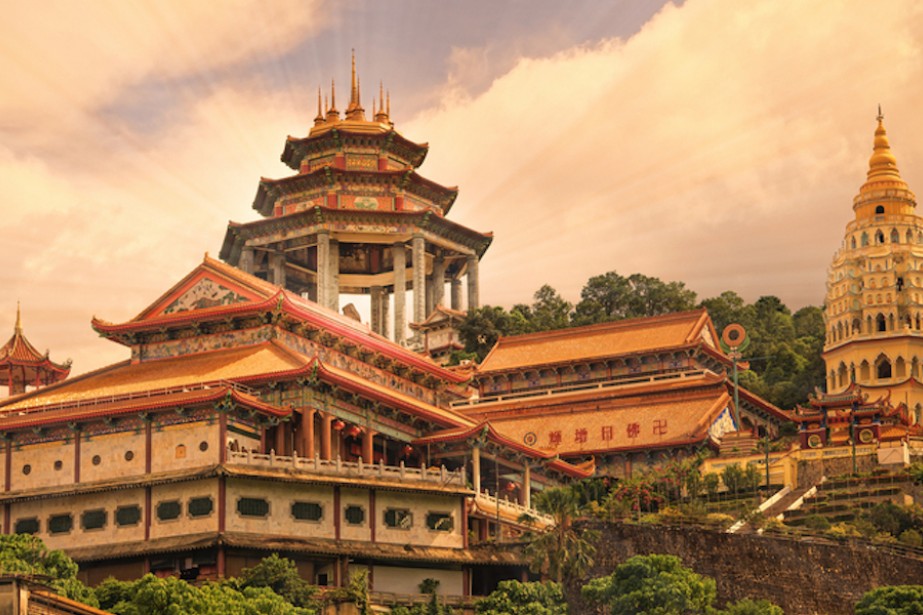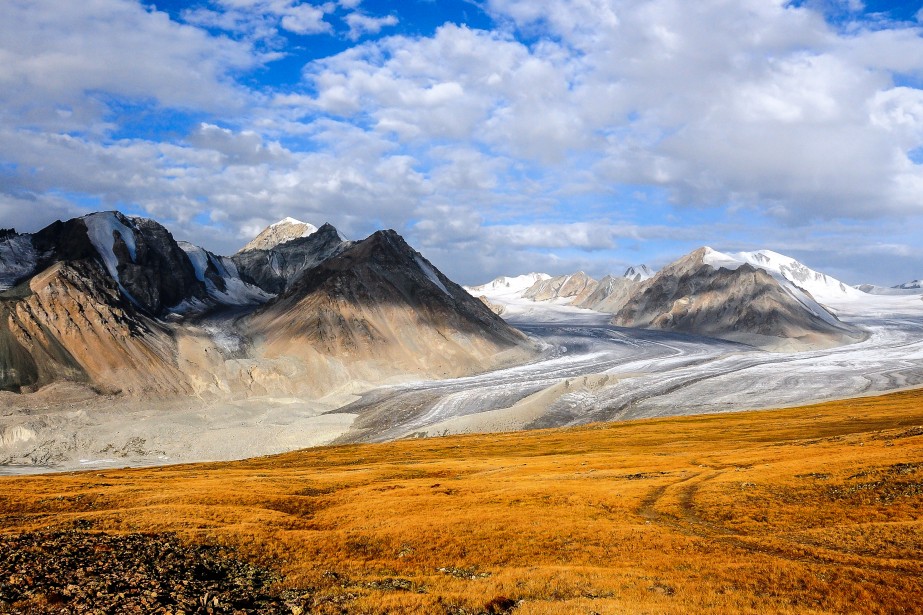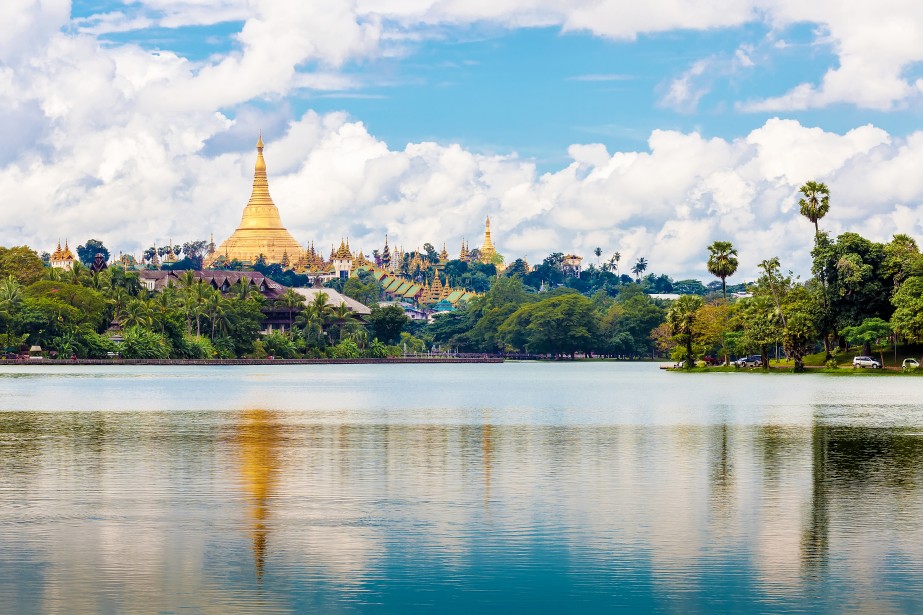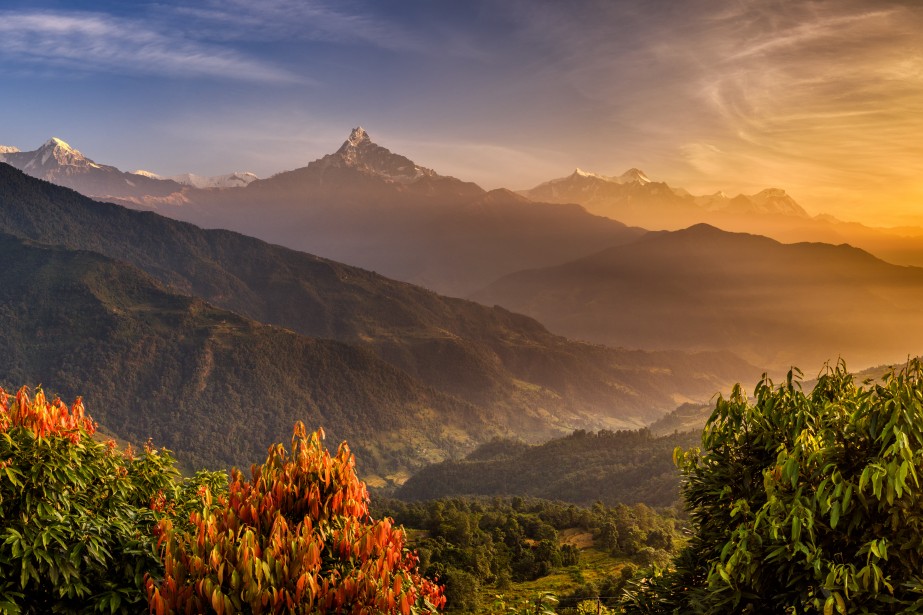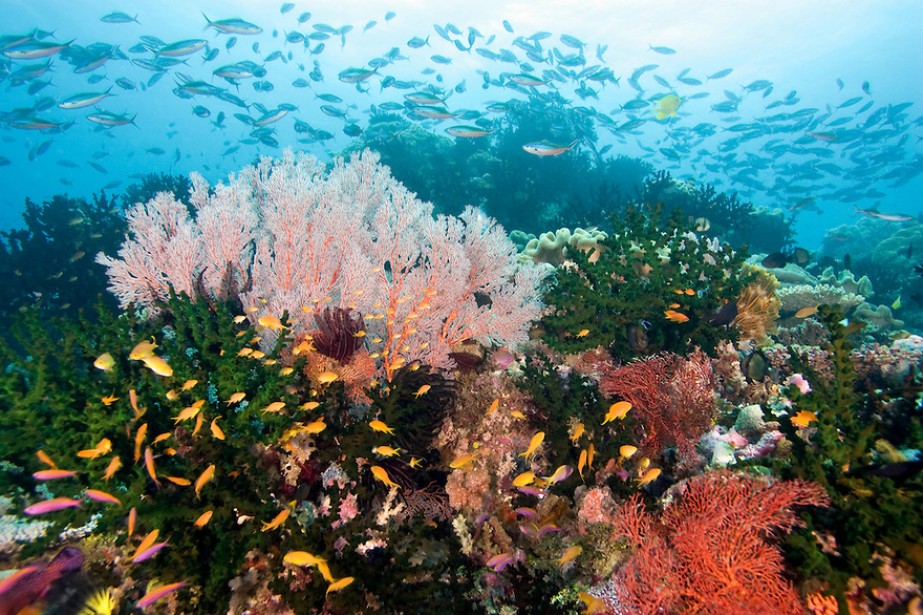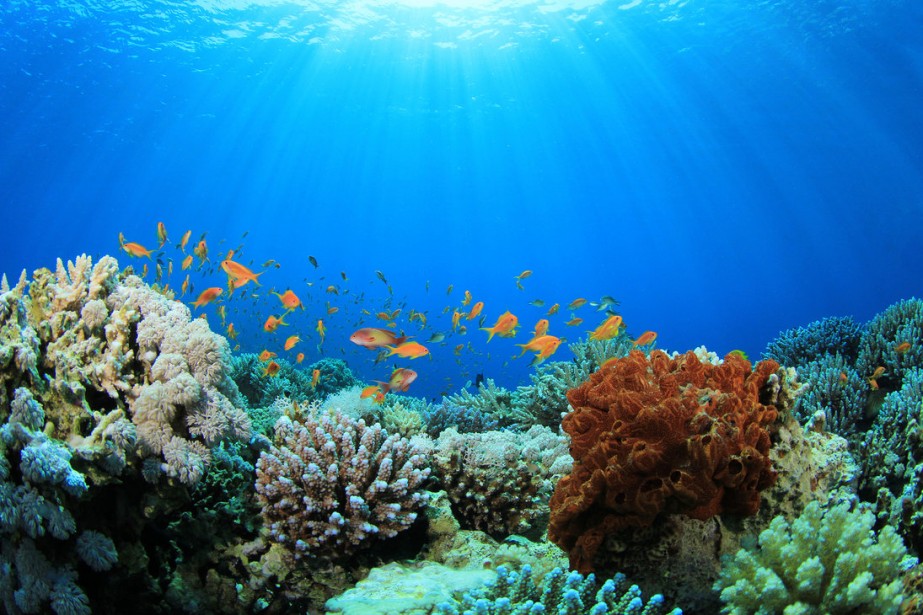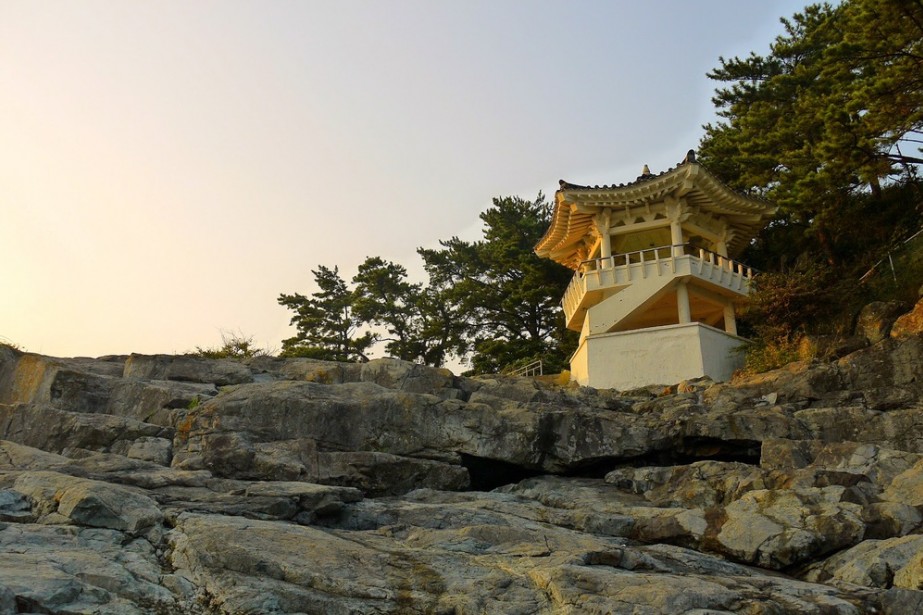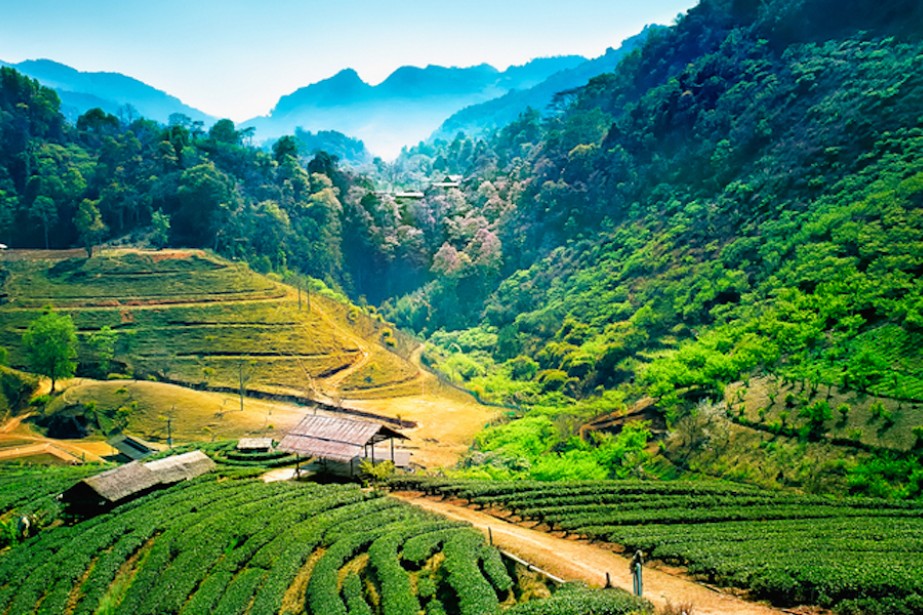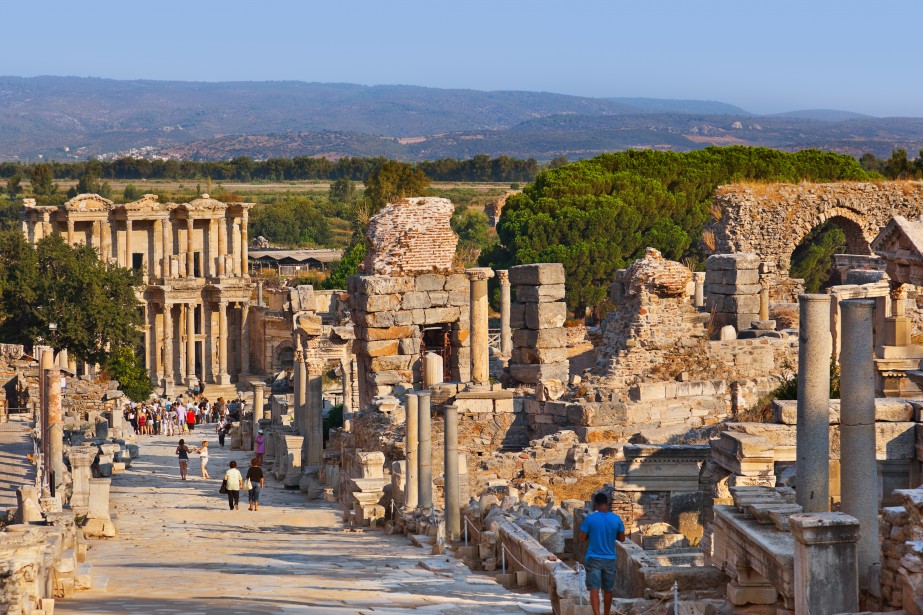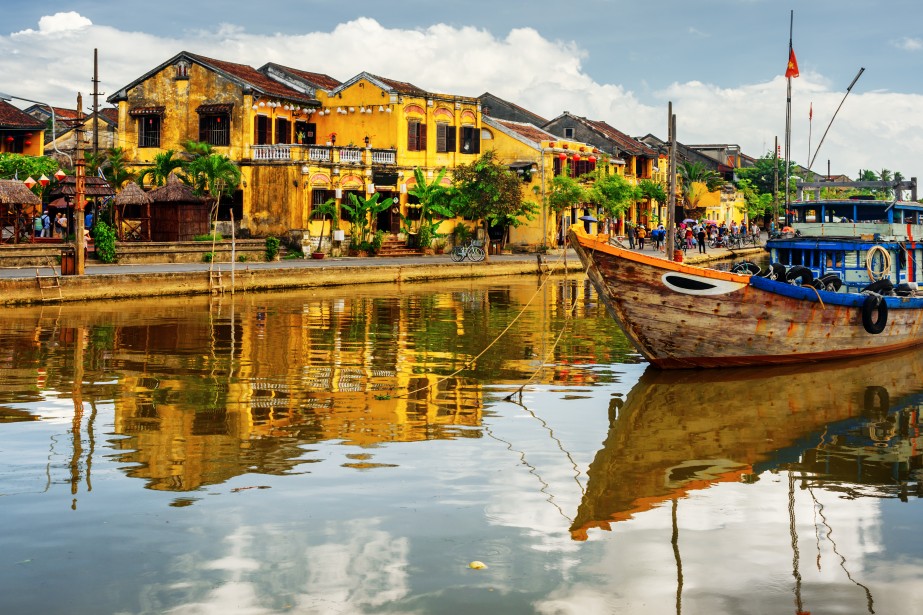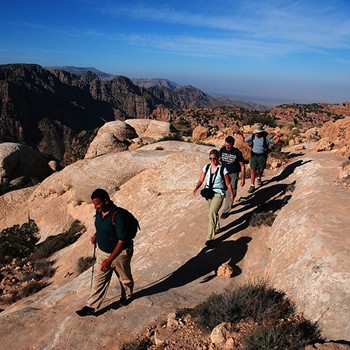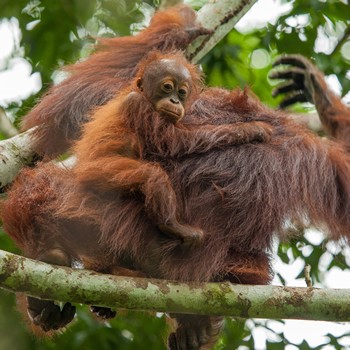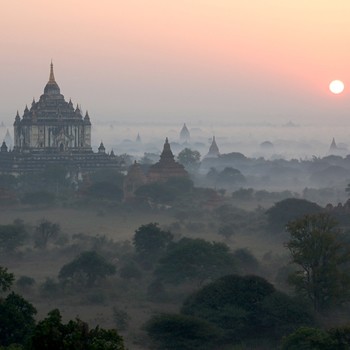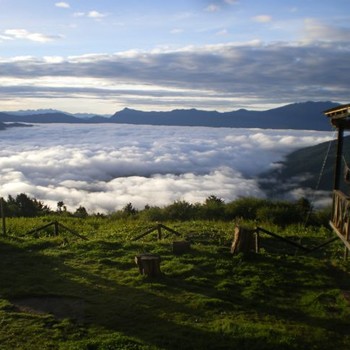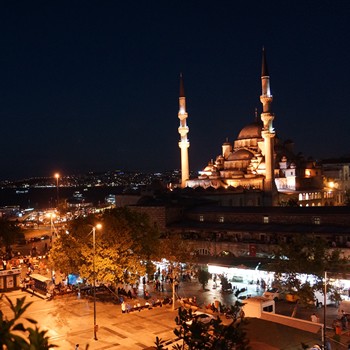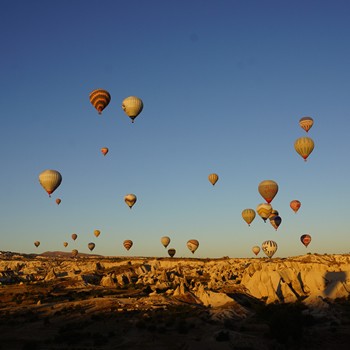Submitted by Claire Autruong on December 12, 2015
Overview
A country of 51 million people at the southern of the Korean Peninsula, South Korea represents a stirring combination of fast-paced, neon urban landscapes with deep-rooted tradition and the cultural beauty of a slower, simpler time. Archaeological finds in South Korea date all the way back to 8000 BC with the founding of the Gojoseon civilization. Today, South Korea stands as a modern liberal democracy, the leader of the pack of “Asian Tiger” economies and a wonderful tourist destination for many different kinds of travelers.
Culturally, South Korea is a product of its topography and relative isolationism in the maelstrom of Asian foreign affairs throughout the centuries. This can be somewhat attributed to Korea’s relationship with Siberia, distinct from any relations with China and Japan. Korean culture owes some influence to the Siberian Turkic and Tungusic peoples of Central Asia as well as its imperialistic neighbors.
More than 25 million people live in the metropolitan area of Seoul, South Korea’s capital, meaning more than half the country’s population lives within this highly modern urban expanse. More than anywhere else in the country, Seoul epitomizes South Korea’s blend—modern architecture and traditional Buddhist temples, huge nightlife districts and a large population of urban poor, a trendsetting culture sending its waves of K-pop music and fashion all over Asia and the world, and a business culture oriented toward aggressive growth.
South Korea’s other soul is in its natural beauty, in the lovely mountains of Jeju and the ridges of Jirisan. In the fall, trees across the country turn colors, a golden-red expanse as pleasing to the eye as a traditional temple watercolor. Winter sports enthusiasts also find plenty to cheer in Korea, with excellent skiing and snowboarding opportunities in the snowy mountains of the Kangwon-do province.
When to Travel – Weather
South Korea experiences four distinct seasons: spring from March to May, summer from June to August, fall from September to November, and winter from December to February.
For most travelers, fall is the best time to visit Korea. The temperatures are pleasant and the humidity that blankets the country in summer has dissipated. This is also the time of year that the famous autumn colors transform Korea’s trees and forests into a true delight to behold.
Spring can also be a good time to visit Korea, with moderate temperatures and less rain than in summer. This is also the time when cherry trees will bloom with beautiful pink and white blossoms. Spring can also bring wind thick with yellow dust from China, however, which can get thick enough to make breathing difficult on bad days.
Summer is widely considered the worst month to visit Korea. June finds the entire country awash in an abbreviated but very wet rainy season. After the deluge clears in July and August, visitors would have to endure high humidity and temperatures as high as 95 degrees (35 C). It’s best to avoid South Korea completely in summer, unless one is heading for the beaches.
Winter can be a great season in South Korea for skiing or visiting hot springs, but for any other purpose the bitter cold of Siberian winds from the north and frequent snowstorms, it’s hard to recommend winter in Korea.
Food and Drink
Korean food is all about plentiful meals with a group, and although the cuisine appears deceptively simple, emphasis on spices, marinades and pickling mean that a Korean meal is a feast for all of your senses. Dining is a group activity in Korea, with many dishes intended for sharing.
The three most famous exports of Korean cuisine are Korean barbecue, a style of eating where a group shares small plates of bulgogi, or thinly sliced beef, along with pickled vegetables and rice dishes; kimchi, a distinctive Korean method of fermenting everything from vegetables to seafood in seasonings, with the traditional preparation involving cabbage; and bibimbap, a delicious rice bowl with meats, vegetables, and red pepper paste, topped with a fried egg.
Travelers can also experience excellent Korean street food at markets throughout the country, especially in larger cities. Nightlife might also lend itself to sampling Korean makgelloi, a traditional sweet rice wine that’s made a popular resurgence mixed into cocktails and at trendy makgelloi bars.
Tourists from Western countries should be aware that dog meat is still considered part of Korean cuisine, especially in rural areas and among the older generation. While consuming dog is increasingly becoming viewed as a medicinal or health-related endeavor, and the younger generation primarily views dogs as pets, dog meat is still eaten in parts of the country and travelers might come across the practice.
Popular Vacation Spots
Seoul – The throbbing heart of South Korea, Seoul is simultaneously teeming in urban movement and steeped in Korean history. A number of palaces lie within Seoul’s city limits, including UNESCO World Heritage Site Changdeok Palace, as well as neighborhoods of traditional houses and the Insa-dong antiques market in the central of the city.
For the modern attractions of the city, tourists can visit the Dongdaemun fashion district and the Yongsan Electronics Market, one of the world’s largest electronics markets. Shopping sometimes seems like a national sport in the city, and there are more shops in the culturally diverse Itaewon area, along with restaurants featuring global cuisine and Western-style pubs and bars. Although the Gangnam district is mostly the business district, there is more upscale shopping available here as well, and travelers can see the neon billboards and glass-and-steel skyscrapers from many areas of the city.
Yeosu – This picturesque port city glitters at night and is blessed with cool summers and mild winters due to its proximity to the ocean, about midway along the southern coast. A series of wooded and populated islands makes up the Yeosu chain, with a number of tourist attractions along the larger islands. Travelers can view a full-sized replica of one of Admiral Yi’s famous turtle ships, just south of Yeosu’s Dolsan Bridge. Tourists can also enjoy an ocean cruise leaving from the port, a visit to upscale Gyeongho island with a golf course and hotel resort, or a bike trip along the Ocean Rail bike trail up the coast to the north of Yeosu.
Jirisan National Park – The largest national park in Korea, Jirisan National Park spans the provinces of South Jeolla, North Jeolla and South Gyeonsang. The mountain range Baekdu Deagan Ridge, also known as the “spine of Korea,” starts here and offers some of the world’s best hiking. For enthusiasts of flora and fauna, Jirisan is a veritable treasure trove, with nearly 5,000 different types of flora and fauna blooming and growing across its expanse.
Jeju Island – Also known as the “Island of the Gods,” Jeju Island is the top honeymoon destination for Korean newlyweds, and a popular vacation spot for Koreans and visitors alike. For lovers of outdoor adventure, Jeju can be a paradise, offering three UNESCO World Natural Heritage sites. Travelers can hike South Korea’s tallest peak, Halla-san; horseback ride along the beach or through the mountains; visit the Manjanggul Lava-tube, the world’s largest known lava column and one of the three UNESCO sites on Jeju; and more.
Practical Information
The South Korean currency is the won. Coins are issued in denominations of 10, 50, 100 and 500 won. Bills come in denominations of 1,000; 5,000; 10,000 and 50,000. Most locations should accept credit cards, particularly in the cities. The most widely accepted cards are Visa and Mastercard.
Travelers should note that although ATMs are ubiquitous, most Korean ATMs do not accept foreign cards. Tourists will have to look for bank ATMs from foreign banks, such as Citibanks, or a “Global ATM” run by Shinhan or Jeju Bank. These can be found in airports, tourist areas and subway station sin major cities. Sometimes, however, even Global ATMs will not accept foreign bank cards, so travelers should always have adequate cash on hand or research locations of foreign bank ATMs to be safe.
Getting around between locations is easiest by plane, train or bus. Korea has an excellent intra-country system of domestic flights and the Korail connects most of the major cities in South Korea. Trains are often more expensive than buses and even some plane fares, so travelers should do some research on their transportation options before departing.
Inside a city, taxis are probably the best way to get from place to place—indeed, taxis can sometimes be the only way to get to some places, with parking in some areas of Seoul and other cities almost impossible to find. Fares can be expensive, but it’s not recommended for the casual traveler to rent and operate a car in a major Korean city—traffic jams can be horrendous and drivers tend to be reckless, notwithstanding the lack of available parking around most tourist areas. One thing to note, however, is that it’s rare to get a taxi driver who speaks English, so tourists should always ask a hotel concierge to write down destinations in Korean to show taxi drivers.
Most Koreans under the age of 40 have learned some English in schools, and the country’s overall use of English is improving, but tourists are still unlikely to encounter Koreans willing to speak English with them outside of professional hotel concierges. Many Koreans have a cultural fear of appearing foolish by mispronouncing words or not speaking correctly.
South Korea Travel with Trusted Adventures
> Find Activities in Asia

